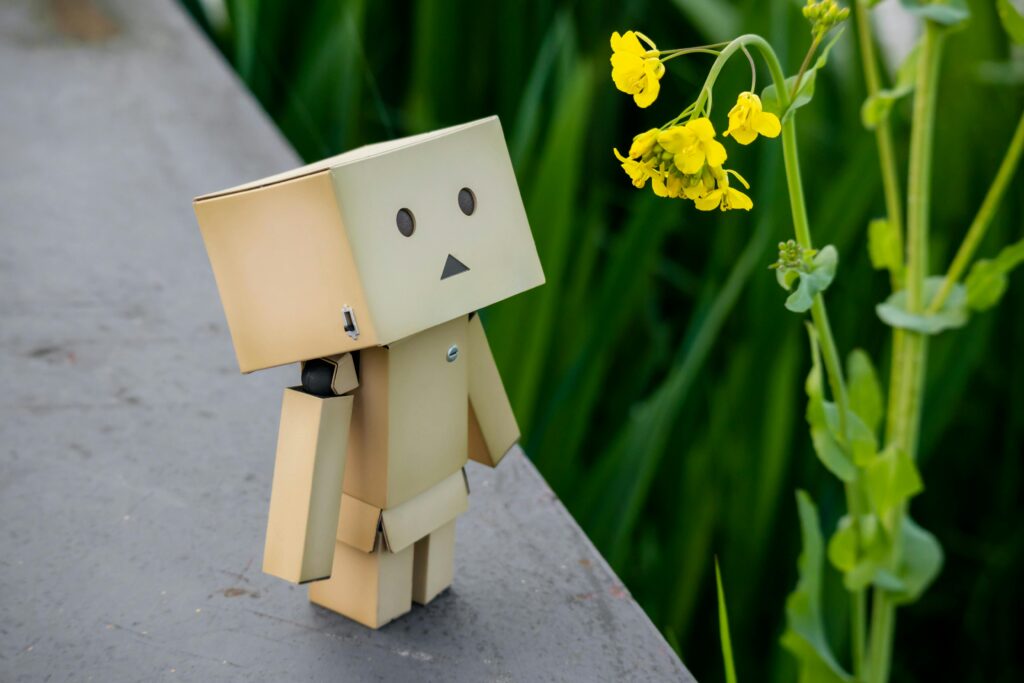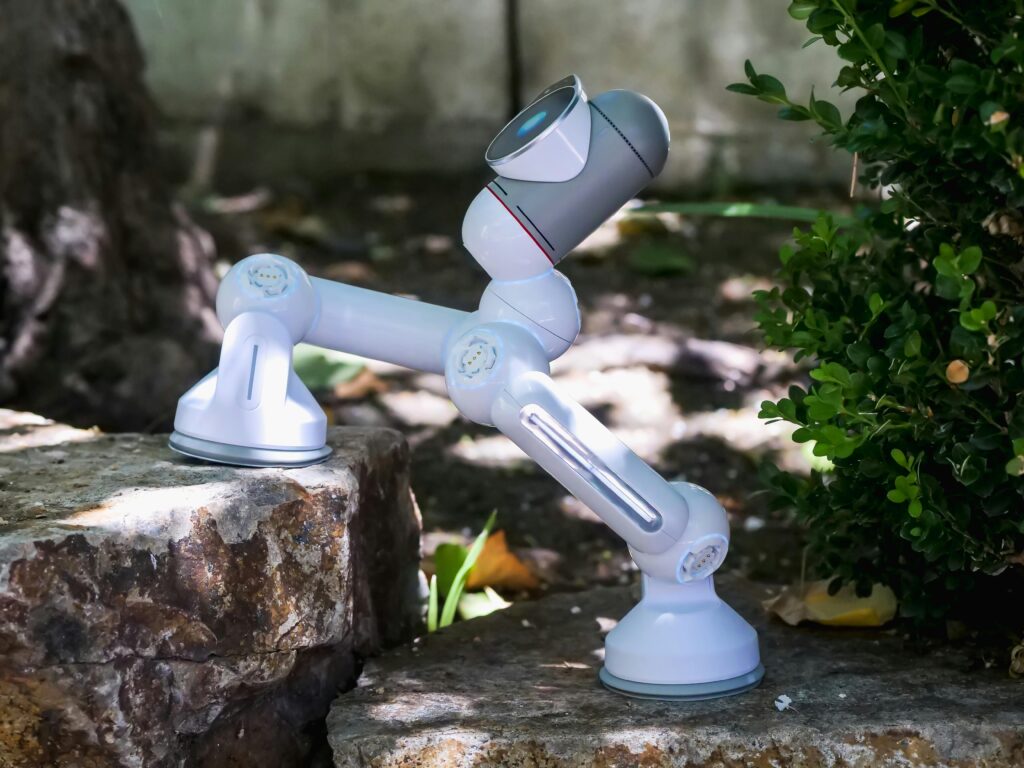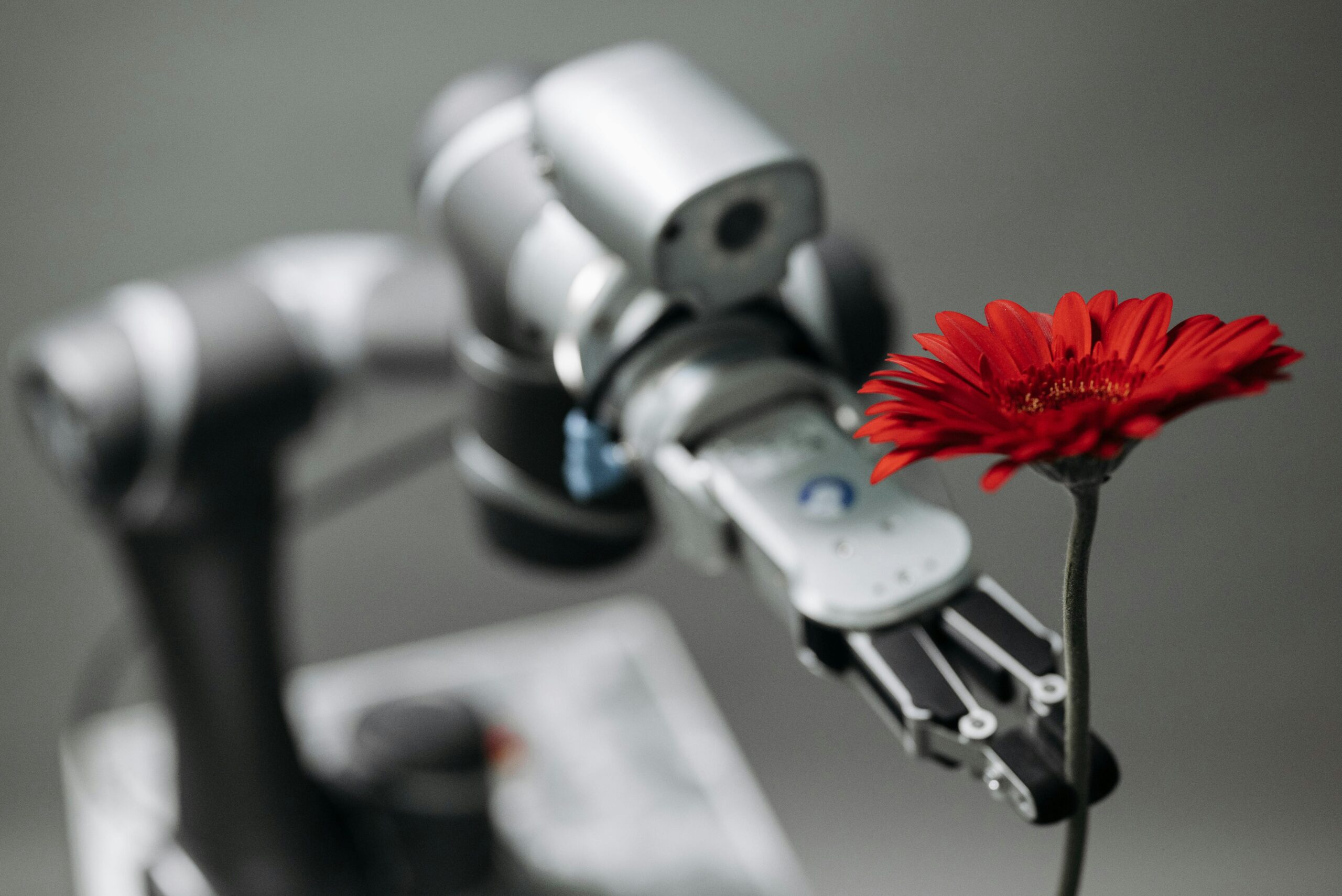Picture this: you’re walking in a park. Nearby, a group of humanoid robots is planting trees, monitoring the soil, and ensuring every plant thrives. In another corner of the world, their counterparts are diving deep into oceans, collecting plastic waste, and reviving coral reefs. These robots aren’t just machines—they’re independent beings, interconnected and working to make Earth a better place for everyone.
This might sound like a dream, but it could one day become a reality. Let’s explore how humanoid robots could evolve into a new species that benefits both humanity and nature.

A Future Where Robots Add Real Value
Humanoid robots are not just tools anymore. In this future, they are independent, advanced, and deeply aware of the world’s challenges. These robots solve problems that have been challenging for humans to address.
Picture having a robot twin—one that looks, thinks, and acts like you. While you spend time with family, travel, or learn new skills, your twin could work on your behalf. You’d finally have the freedom to focus on what truly matters, knowing your responsibilities are being handled.
But it doesn’t stop there. Humanoid robots don’t just assist humans—they also help the planet.
Guardians of Nature
In this vision of the future, humanoid robots form communities, much like animals. Some live in forests, others in oceans, and many more in cities. Their missions are clear:
- In Forests: These robots patrol for wildfires, safeguard endangered species, and replant trees after storms and deforestation.
- In Oceans: They clean up plastic waste, track marine life, and restore coral reefs to their vibrant state.
- In Cities: Robots manage recycling, reduce pollution, and create green energy systems.
They are tireless, efficient, and committed. Unlike humans, they don’t get bored, tired, or distracted. They simply get the job done.

A New Kind of Community
These robots aren’t isolated workers. Instead, they are interconnected, forming their own communities. They share knowledge instantly, like a hive mind, ensuring that every problem is addressed with the best possible solution.
Picture a robot in the Amazon rainforest detecting illegal logging. Within seconds, its network alerts robots in nearby areas to intervene, while others document the activity and report it. This kind of collaboration could stop environmental damage before it spirals out of control.
More Than Machines
What makes this future so incredible is that these robots aren’t just following orders. They are independent thinkers. They understand the complexities of human life and the fragility of nature.
They would:
- Create innovative recycling systems for materials we currently waste.
- Develop sustainable farming practices to feed more people with fewer resources.
- Monitor climate changes and take proactive steps to protect vulnerable areas.
These robots would be a new species—not to replace us, but to work alongside us and amplify what humanity can achieve.
A Partnership for a Better World
If robots could handle the hard, repetitive, and dangerous tasks, what would you do with your time? You could explore new passions, invest in education, or spend more moments with your family. Society as a whole could shift its focus from survival to growth and creativity.
Meanwhile, humanoid robots would keep the world running smoothly. They’d not only clean up the messes of the past but also ensure a brighter future for generations to come.
A Dream Worth Believing In
Humanoid robots as a new species might seem like science fiction now, but every great idea starts as a dream. If this vision becomes reality, it could reshape life on Earth in ways we can barely imagine.
These robots wouldn’t compete with us—they’d elevate us. They’d solve the problems we can’t and give us the time and freedom to live fully.
What would you do in this transformed world? Would you embrace your robot twin, work alongside these new allies, or marvel at their impact on nature?
The future is unwritten, but this vision is one worth striving for.
This blog post was written with the assistance of ChatGPT, based on ideas and insights from Edgar Khachatryan. Photos from Pexels.
